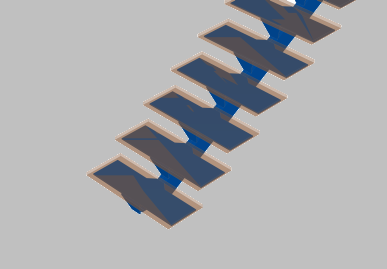
From the classic double-stringer stair to the delicate stringer stair – steel stairs offer the greatest freedom in design.
See how fast it worksCompared to wooden or stone stairs, steel stairs are relatively new. They only really became popular in the 1960s and 70s, when many single-family homes were built after the economic boom. At that time, many double-stringer stairs were built, often in the so-called harp style.
After the turn of the millennium, double-stringer stairs slowly came to be considered old-fashioned. In addition, this previously very inexpensive type of stair faced competition from the stringer stair, which suddenly became easy and cost-effective to produce with laser cutting. The necessary files came from the booming stair construction software.
A classic that was out of style for a long time, but will surely come back.
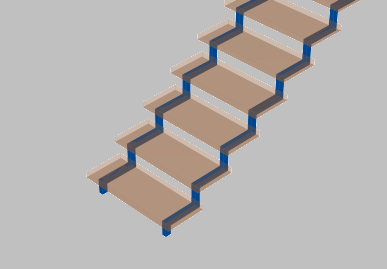
A delicate stair, made easy thanks to laser technology.
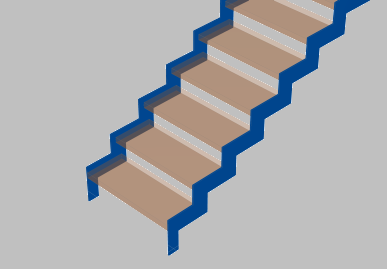
Timeless – the stringer stair. It looks even better when extra care is taken with the step connections.
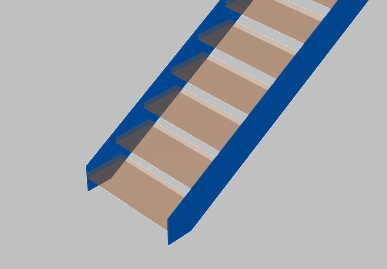
This “sawtooth stair” is also very popular and easy to produce.
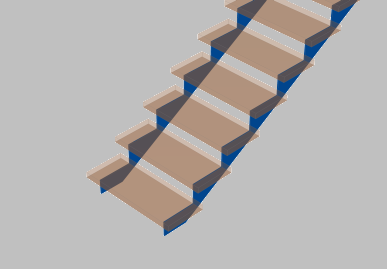
These stairs come in many different designs. They are often seen in commercial buildings.
